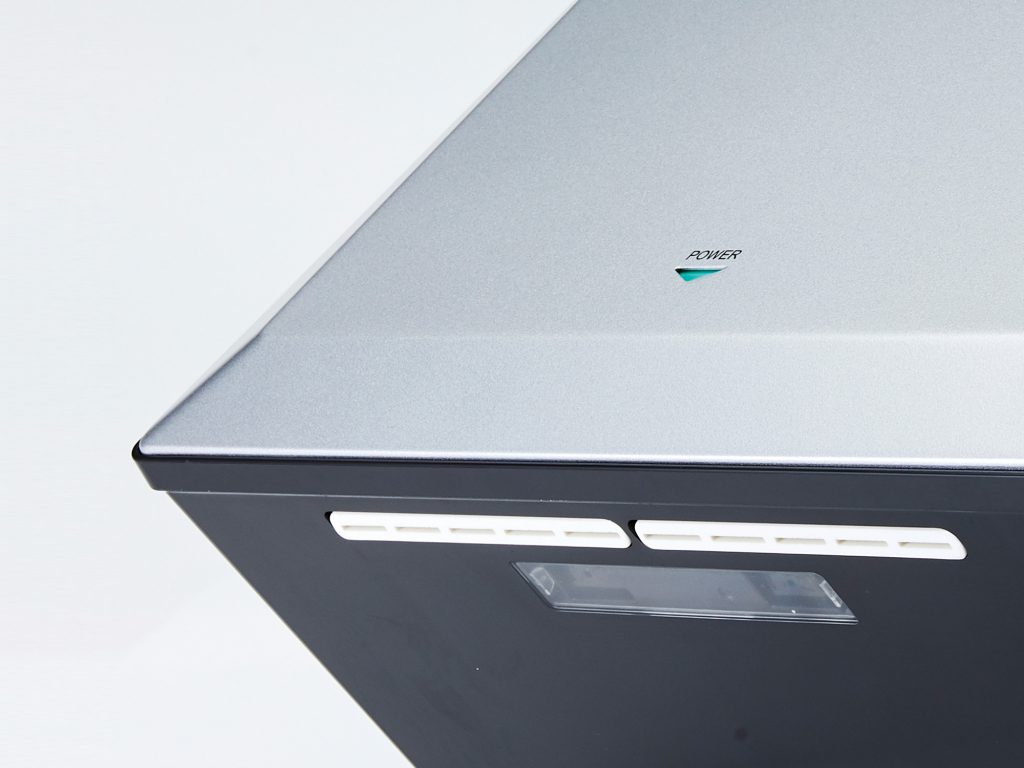Hand Dryer Efficiency
When planning the bathroom facilities for any public building, energy use should be a factor in the decisions that are made. The need for organisations to reach their net zero goals means choosing between different types of appliances, and deciding about whether the bathrooms should use paper towels or electric hand dryers.
Energy Use vs Energy Consumption
At first glance, choosing paper towels might appear to be a more energy conscious option. They do not require electricity to dispense them in the bathroom. However, this position overlooks the vast amount of energy and resources that are consumed in the production and distribution of paper hand towels.
A simple way to compare the energy consumption of different methods of hand drying is to consider the amount of CO2 released. Each tonne of paper towels produced uses 17 individual trees, and the power used by paper mills in the production of paper towels is enormous. Even in a relatively small use case, where 100 towels per day are used, over the course of a year, this results in some 624KG of CO2 being released into the atmosphere.
By comparison, a modern hand dryer such as the Mitsubishi Electric Wave u02, which is fitted with an ultra-efficient motor and benefits from automatic operation that means it only uses significant power when a user has their hands in the airflow would be responsible for just 35KG of CO2 emissions for the same number of hand drying cycles.

